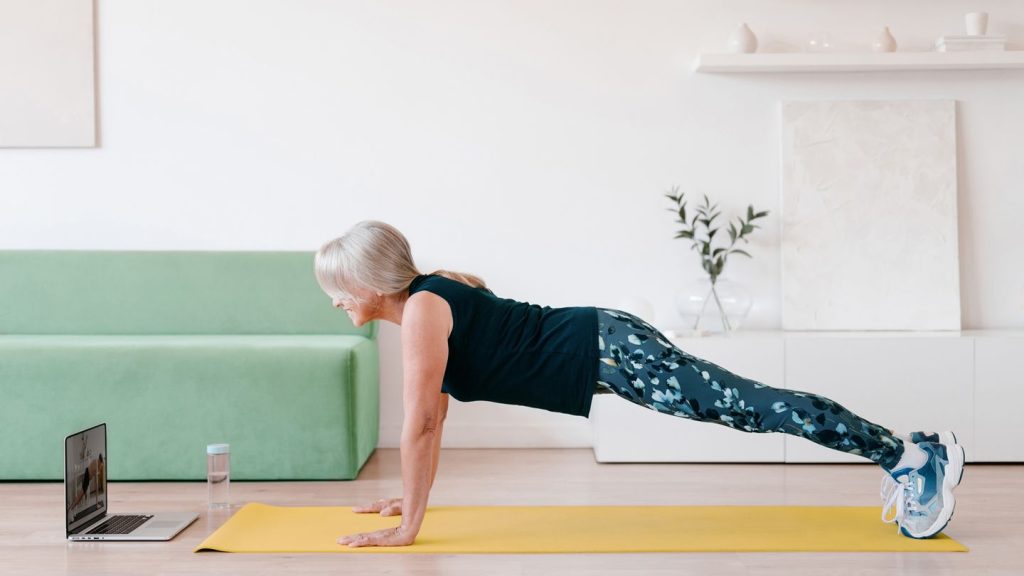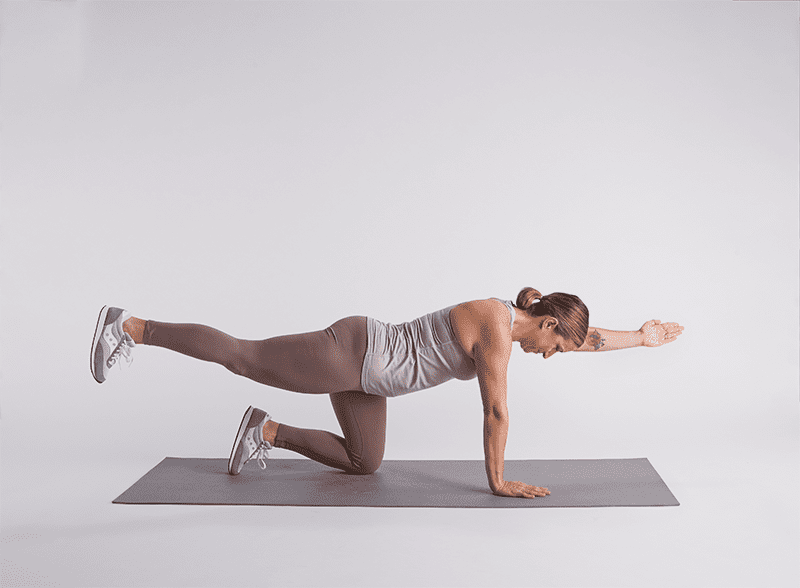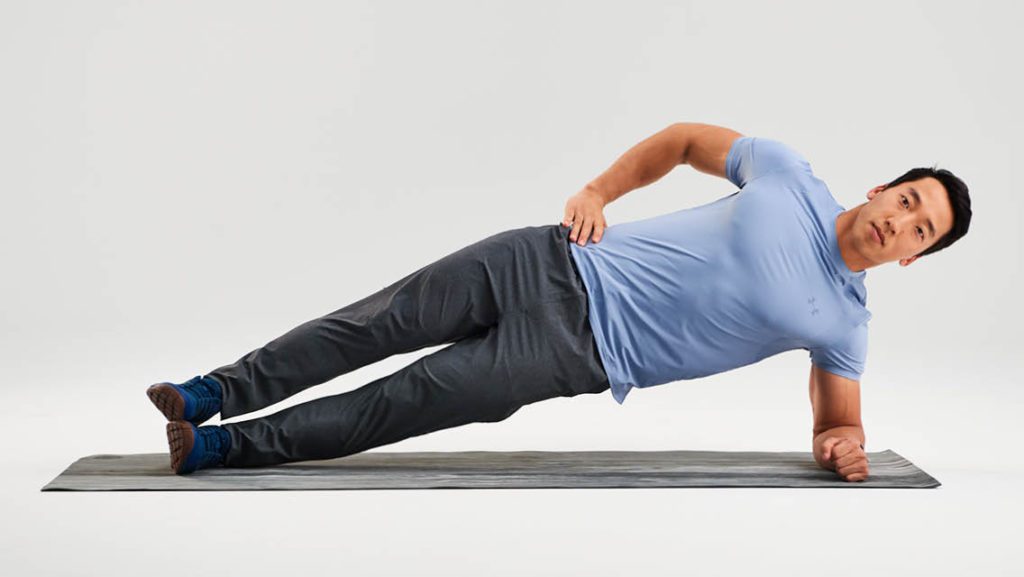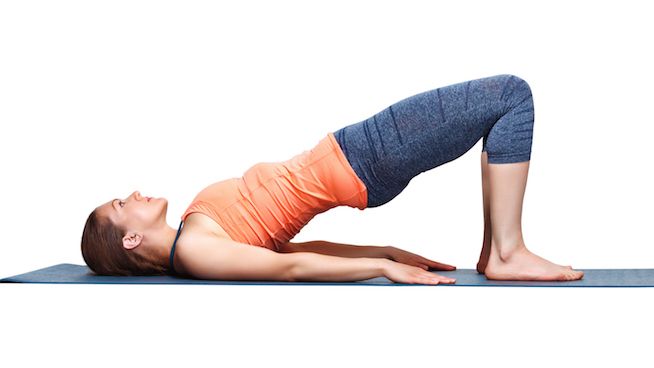
As we move past our 30s, that niggling back ache can become a more frequent, unwelcome guest. Often, the culprit isn’t a single injury but a gradually weakening core – the group of muscles that wraps around your midsection, supporting your spine. Think of your core as your body’s natural corset, providing essential stability and preventing excessive strain on your back.
The good news? You don’t need endless crunches or complex gym equipment to build a resilient core. Simple, effective techniques can significantly improve your stability, reduce back pain, and make everyday movements feel easier. This isn’t about achieving a six-pack; it’s about building a strong, functional foundation that serves as your back’s best friend.
Why Your Core is Crucial for Back Health
Many people mistakenly believe “core work” only means targeting the rectus abdominis (the “six-pack” muscle). However, your core is a sophisticated system involving:
- Transverse Abdominis: A deep muscle that acts like a natural weightlifting belt, compressing your organs and stabilizing your spine.
- Obliques: Muscles on your sides that help with rotation and anti-rotation.
- Erector Spinae: Muscles running along your spine that help you extend and maintain posture.
- Pelvic Floor Muscles: Crucial for stability and control.
When these muscles are weak, your back often compensates, leading to strain, poor posture, and increased risk of injury. Strengthening them improves your ability to lift, twist, bend, and even sit comfortably.
Simple Techniques for a Stronger, Healthier Back
Here are some direct, informative, and simple techniques to build a more stable core:
1. The Plank: Your Go-To Stability Builder

The plank is a cornerstone of core strength because it teaches your muscles to work together to resist movement, directly supporting your spine.
- How to do it:
- Start on your forearms and toes, like the top of a push-up but resting on your elbows.
- Ensure your body forms a straight line from your head to your heels – don’t let your hips sag or pike too high.
- Engage your core by imagining you’re pulling your belly button towards your spine. Squeeze your glutes.
- Keep your neck in a neutral position, looking slightly forward or down.
- Why it helps: It directly strengthens the transverse abdominis and stabilizes the entire core without putting direct pressure on your spine.
- Simple technique tip: Start with 20-30 seconds, rest, and repeat 2-3 times. Gradually increase hold time as you get stronger.
2. The Bird-Dog: Balancing Act for Back Support
This exercise is excellent for improving stability, balance, and strengthening the lower back and glutes, which all contribute to a healthy spine.
- How to do it:
- Begin on all fours (hands under shoulders, knees under hips).
- Keep your back flat and your core engaged.
- Slowly extend one arm straight forward and the opposite leg straight back, keeping them parallel to the floor. Imagine pushing your heel away and reaching your fingers forward.
- Crucially, avoid letting your hips or lower back twist or arch. Keep your torso still.
- Hold for a moment, then slowly return to the starting position.
- Why it helps: Teaches coordination and stability, strengthening the muscles that support your spine while you move.
- Simple technique tip: Perform 8-10 repetitions per side, 2-3 sets. Focus on slow, controlled movements rather than speed.
3. Side Plank: Oblique Power for Rotational Stability
The side plank targets your oblique muscles, which are vital for bracing your torso and preventing unwanted twisting, a common cause of back strain.
- How to do it:
- Lie on your side, propped up on one forearm. Your elbow should be directly under your shoulder.
- Stack your feet on top of each other, or place your top foot slightly in front of the bottom one for more stability.
- Lift your hips off the floor so your body forms a straight line from head to heels. Avoid letting your hips sag.
- Keep your core engaged throughout.
- Why it helps: Strengthens the obliques and other lateral core muscles, improving stability against rotational forces.
- Simple technique tip: Hold for 20-30 seconds per side, 2-3 sets. If full side plank is too challenging, bend your knees and support yourself on your knees and forearm.
4. Glute Bridge: Connecting Your Core to Your Posterior Chain
While not a direct “core” exercise, strong glutes are intrinsically linked to core stability and back health. Weak glutes often mean your lower back takes on too much work.
- How to do it:
- Lie on your back with your knees bent and feet flat on the floor, hip-width apart.
- Keep your arms by your sides.
- Engage your core and squeeze your glutes as you lift your hips off the floor until your body forms a straight line from your shoulders to your knees.
- Avoid over-arching your lower back at the top.
- Hold briefly, then slowly lower your hips back down.
- Why it helps: Strengthens the glutes and hamstrings, improving hip extension and taking pressure off the lower back.
- Simple technique tip: Perform 10-15 repetitions for 2-3 sets. Focus on truly squeezing your glutes at the top.
Consistency is Key
Integrating these simple moves into your routine a few times a week can make a profound difference in your core strength and overall back health. Remember, consistency trumps intensity, especially when focusing on foundational strength. Listen to your body, maintain proper form, and you’ll soon discover that a strong core truly is your back’s best friend.









